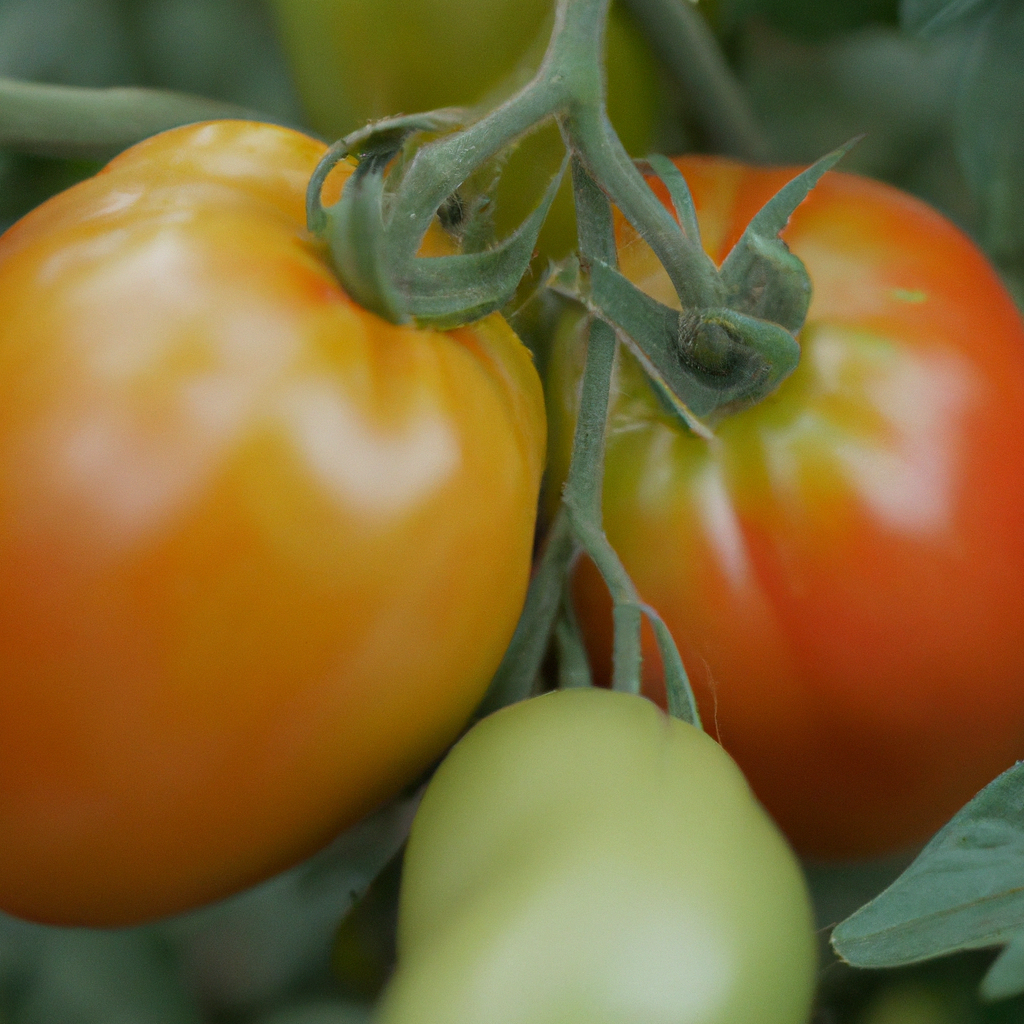Heirloom tomatoes are a type of tomato that has been passed down through generations without any genetic modification, making them a popular choice for organic and home gardeners. They have a unique taste, texture and appearance, which makes them a favorite of many gardeners. Growing heirloom tomatoes requires some careful planning and attention to detail, but with the right techniques, you can grow a bountiful harvest of delicious tomatoes. Here are some tips on how to grow heirloom tomatoes successfully:
Choosing the Right Tomato Seeds
The first step in growing heirloom tomatoes is to choose the right tomato seeds. There are many different types of heirloom tomatoes available, each with its own unique flavor, texture, and appearance. Some popular varieties include Cherokee Purple, Brandywine, and Mortgage Lifter. When choosing your tomato seeds, look for seeds that are labeled as “heirloom” or “open-pollinated.” These seeds will produce plants that are true to the original variety, without any genetic modification.
Preparing the Soil
The next step is to prepare the soil for planting. Heirloom tomatoes prefer well-drained, fertile soil with a pH of 6.0 to 6.8. You can test your soil’s pH level using a soil testing kit, which can be purchased at most garden centers. If your soil is too acidic, you can add lime to raise the pH. If it is too alkaline, you can add sulfur to lower the pH. Once you have adjusted the pH, add compost or well-rotted manure to the soil to improve its fertility.
Planting the Seeds
Plant your tomato seeds indoors about 6-8 weeks before the last frost. Fill a seed tray with potting soil and plant the seeds about ¼ inch deep. Keep the soil moist but not waterlogged and place the tray in a warm, sunny location. Once the seedlings have emerged, thin them out to one per cell and keep them under a grow light or in a sunny window. The seedlings will need to be transplanted into larger pots as they grow.
Transplanting the Seedlings
When the seedlings are about 6-8 inches tall and have developed several sets of leaves, they are ready to be transplanted into the garden. Choose a sunny spot with well-drained soil and dig a hole that is slightly larger than the root ball of the seedling. Gently remove the seedling from its pot, being careful not to damage the roots, and place it in the hole. Cover the roots with soil and water thoroughly.
Plant Care
Once your heirloom tomatoes are in the ground, they will require regular care to ensure a healthy harvest. Here are some tips on how to care for your plants:
– Water regularly: Heirloom tomatoes require consistent moisture, so water them deeply once a week, or more often during hot, dry weather.
– Fertilize: Apply a balanced fertilizer every 4-6 weeks to keep your plants healthy and productive.
– Prune: Remove any suckers that develop between the main stem and the branches to improve air circulation and encourage fruit production.
– Mulch: Apply a layer of mulch around the base of the plants to help retain moisture and prevent weeds.
– Support: Heirloom tomatoes can grow quite tall and may require support to keep them from falling over. Use stakes or cages to support the plants as they grow.
Harvesting
Heirloom tomatoes are typically ready to harvest 80-100 days after planting. Look for tomatoes that are fully ripe and have a rich color. Gently twist the tomato off the vine, being careful not to damage the stem or the fruit. Once you have harvested your tomatoes, store them in a cool, dry place until you are ready to use them.
In conclusion, growing heirloom tomatoes can be a rewarding experience for home and organic gardeners. By choosing the right seeds, preparing the soil, and providing proper care, you can grow a bountiful harvest of delicious tomatoes. Follow these tips to ensure a successful tomato harvest and enjoy the unique flavors and textures of heirloom tomatoes in your own backyard.







